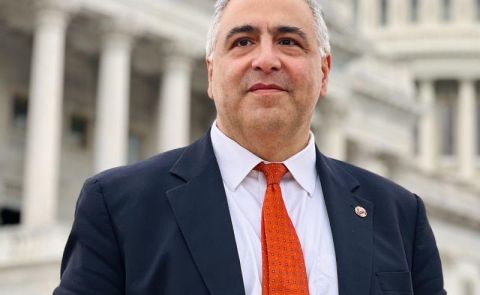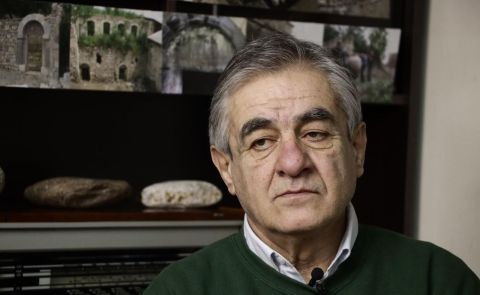
Alen Gasparian-Amirkhanian: Water Efficiency Will Prevent Water Conflict
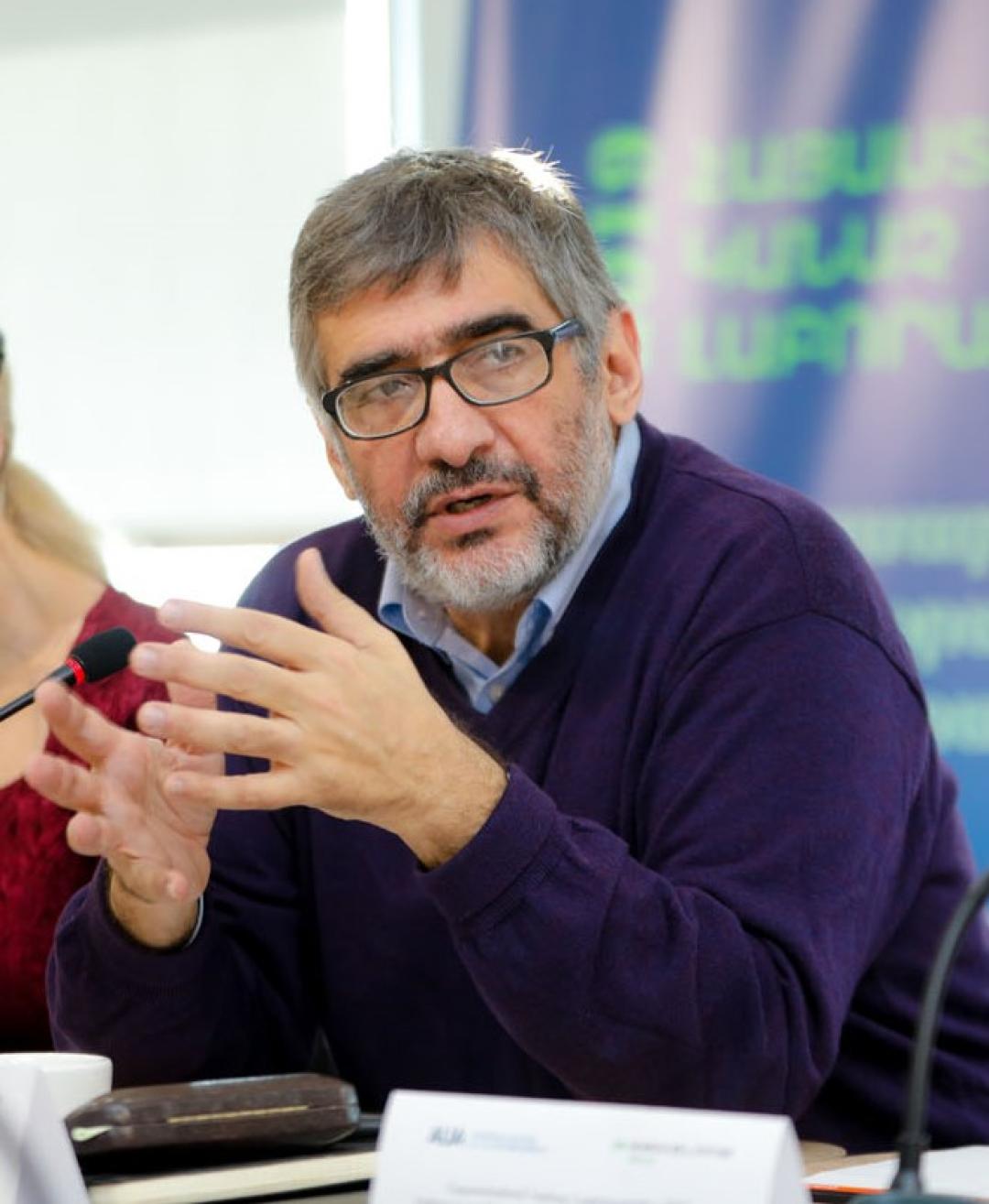
Water scarcity is a potential driver of conflict. The sharing of transborder water resources in the Middle East (Tigris-Euphrates, Jordan River), North Africa (Nile), Southeast Asia (Brahmaputra, Indus), and Central Asia (Syr Darya, Amu Darya) is seen as a potential trigger for disputes. The South Caucasus, a partially landlocked region, faces global challenges such as rising temperatures, frequent droughts, glacier melt, and increasingly unpredictable water availability—without the fallback option of desalination. As a result, "water diplomacy" is becoming an integral part of the regional discourse in the South Caucasus.
Turkey, Georgia, Armenia, Azerbaijan, and Iran—all part of the Kura-Araks Water Basin—share a relatively finite water resource that is increasingly strained by climate change. However, the prevailing political culture still views water as an abundant public good, heavily relied upon for agriculture, mining, tourism, energy, and expanding urban centers "as if there were no tomorrow." To explore how water scarcity is evolving as a source of diplomatic friction, Caucasus Watch spoke with Professor Alen Gasparian-Amirkhanian, Director of the Acopian Center for the Environment at the American University of Armenia (AUA).
The AUA Acopian Center is a leading institution in water resource diplomacy. Its Political Economy Analysis of water resources, published in 2024, has become a key reference for policymakers across the region, shaping policy planning and development.
In the aftermath of the cop conference in Baku, did the region miss an opportunity to discuss the distribution of scarce water resources in a multilateral framework?
That was not the place to discuss water of the Kura-Araks Basin, which is wrought with complex politics. Water resource management has been instrumentalised in the South Caucasus for confidence/peacebuilding but can also be weaponised. Ultimately, that is also a policy area where international partners can facilitate. A high-profile public forum, like the COP, however, may have been premature.
We have built scientific bridges and a regional cooperation framework, avoiding certain diplomatic traps. The level of discussion between experts from the five countries of the Kura-Aras Basin (Turkey, Georgia, Armenia, Azerbaijan, and Iran) is in its early stages. These expert and scientific bridges have to be built. However, we must recognise that each country has a different approach to water resource management.
Turkey resists any multilateral approach to water resource management and promotes bilateralism. Azerbaijan is the only Kura-Araks Basin country to be a signatory to the 1992 UNECE Water Convention, which sets a multilateral framework for managing transboundary watercourses. The region is not ready for a single public diplomatic forum on water, so public debate in a COP setting would have been premature, in my opinion.
The region is not desalinating. Regional economies invest in water-intensive industries like mining, agriculture, and tourism. Some industries involve pollutants, including cyanide and heavy metals (mining), phosphates (agriculture), or nuclear waste. Does Armenia have the ability to control and set water quality standards, and is this a subject of diplomatic negotiation, particularly in the Aras River?
We are on a constructive path, and states need to depoliticise the management of water resources. I have read articles published in Iran citing NGOs that claim nuclear waste is dumped in the Araks River. These are allegations the Iranian government denies, having studied the water quality. This is part of a narrative where the region seeks the single ‘evil country-polluter’ to blame. That's not constructive.
A better approach would be to ask how all these countries can set up multilateral and/or bilateral monitoring commissions. They have to set pollution standards and monitoring protocols and proceed to implement them. Armenia and Georgia are following this trajectory. Armenia and Iran have joint monitoring at Armenia’s southern border. Under the EU-Armenia CEPA regime (Comprehensive and Enhanced Partnership Agreement), Armenia has undertaken the obligation to approximate the EU’s Water Framework Directive (WFD).
Though on-and-off, Turkish intentions to join the EU mean that Turkey is also well versed in EU water-related directives. Georgia has taken serious approximation steps, including the WFD, which includes meeting regulatory benchmarks, including Environmental Quality Standards (EQS). Under our current EU agreement, Armenia is committed to approximate the WFD and other EU water-related directives to align with standards on pollutants such as nitrates and urban wastewater. Armenia is also committed to Sustainable Development Goals (SDG) 6 {namely, the guarantee of universal access to affordable drinking water and a commitment to quality improvement and efficiency}. To this end, Armenia has been reviewing its legal standards. The country faces challenges comparable to those of the whole region. As a region, we need to meet the best legislative standards for monitoring and implementation.
We have a bilateral arrangement dating back to the 1920s between Turkey and Armenia related to sharing the Araks and Akhuryan Rivers transborder water. The joint monitoring has effectively determined and apportioned water quantities at the border, half-half. The process has been “depoliticised” and delegated to engineers and technicians. So far, it has worked very well. Water quality, however, has not been on the Turkish-Armenian joint monitoring agenda. When the time is right, it is crucial to focus on this factor.
The question of water is gaining political importance in Armenia. More attention should be paid to water use efficiency at the national and regional levels. Like every other country in the region, Armenia is inefficient in its use of water resources. Agriculture is the biggest user, accounting for 80-90% of used reservoirs. Naturally, focusing on industry and municipal water users is also essential.
You are pointing towards multilateralism and depoliticization. Returning to your earlier points about the regions’ “lack of maturity” in a public forum to debate water distribution, do you see a multilateral regime as viable in the South Caucasus? Would Azerbaijan and Iran buy into it? Do we have a measure of how disruptive Turkey's construction of the dams upstream will be to the distribution of water resources, stemming the flow of the Aras and Akhuryan Rivers?
It’s hard for me to predict how things will play out at the diplomatic level. Turkey’s upstream control over the Kura-Araks basin resonates with the “hydro-hegemony” concept, which may be a source of diplomatic friction. For instance, Iran has taken diplomatic steps and stepped-up negotiations over constructing the Soylemez Dam near Erzurum in Turkey. However, I am unfamiliar with the outcomes. Of course, Azerbaijan has a more complicated relationship with Turkey; water is only one factor in this multi-layered connection. For Armenia, the only forum available is the normalisation talks, in which I am unaware whether water has become a subject of negotiation. This is the context. Iran, Georgia, and Azerbaijan have normal diplomatic relations and can negotiate more freely.
I keep pointing out that we are all very inefficient in our water use in Armenia and at a regional level. The first thing we all need to do is learn to ‘achieve economic growth with less water.’ Growing with less water is the challenge at hand. All three South Caucasus states have access to ample renewable freshwater resources. We should focus on using this water more efficiently.
Looking at the available renewable freshwater per capita, you have the so-called Falkenmark Indicator or Water Stress Index that sets a benchmark of water resource availability to 1,700 cubic meters per person per year. Below that, you have “water-stress” levels before you reach scarcity, below 1,000 cubic meters per person per year. Armenians have access to 2,600 cubic meters, Azerbaijanis to 3,600, and Georgians to 15,000-16,000.
Particularly for Armenia and Azerbaijan, the issue is not that we don’t have enough water but that we are incredibly wasteful in its use. Georgian agriculture mainly depends on natural precipitation, whereas Armenia and Azerbaijan use about 36% of their annual renewable freshwater resources for their economic activity. You're considered a water-stressed country if you use more than 20% of your renewable water resources for economic activity. You're in extreme water stress if you use 40% or more. Both Armenia and Azerbaijan are under extreme water stress. Two factors are exacerbating this: climate change and Turkey’s policy of constructing dams upstream. We must become more efficient and change our habits and practices.
In this scheme, Azerbaijan and Iran, who are further downstream, stand to suffer more than Armenia from Turkish dams.
Professor Gasparian-Amirkhanian. Keep in mind that the countries in question do not necessarily utilise every drop that comes from Turkey. A risk that upstream dams pose is that it takes time to fill them up, reducing downstream flows, and that a single upstream country now has more control over the water flow. Turkey’s Soylemez dam under construction – and soon to be operational – will hold 1,3bn cubic meters of water. To give you a sense of scale of what that means, Soylemez will hold 10-15% more water than Armenia’s entire reservoir capacity of 1.2bn cubic meters.
However, if I am not mistaken, Armenia is building its Vedi reservoir with French Development Aid support. What is the significance of this project in the landscape you are describing?
We need to put projects in their appropriate context. The Soylemez dam is the latest in a series of dams built along the Araks River route, holding 1,3bn cubic meters of water. The Vedi reservoir will have about 30 million. Even with the new Kaps reservoir now underway – which, in its initial phase, will hold 25 million cubic meters – the projected capacity is merely a fraction of what Turkey’s has put in place. Armenia has the lowest reservoir capacity in the region. Azerbaijan’s present capacity is the largest among the three South Caucasus countries, mainly due to the Mingachevir Reservoir.
In making these assertions, of course, we don’t consider natural repositories such as Lake Sevan, which is not a reservoir but rather a natural lake. Only a tiny portion of the lake's water is included in the country's annual renewable freshwater resources. Likewise, the potential desalinisation of the Caspian or Black Seas are not considered. If they are, the calculus will change radically. What is certain is that all countries in the South Caucasus will need to build up their reservoir capacity to increase their climate change resilience.
Of course, the biggest urgency is to move towards more efficient water use. One cannot and should not grow water-intensive crops, e.g., cotton. We have to adjust and retrain our farmers and review our production processes.
Is water a consideration in the Armenian- Azerbaijani peace negotiations and border delimitation negotiations?
That is not openly discussed. As far as I can tell, water has not been an explicit negotiation item in the demarcation or peace negotiation processes.
Interview conducted by Ilya Roubanis
See Also


Irina Mamulashvili: Electoral Interference is a Playbook, not a Recipe

Giorgi Gakharia: The EU Should Engage Georgia Despite Its Democratic Backsliding
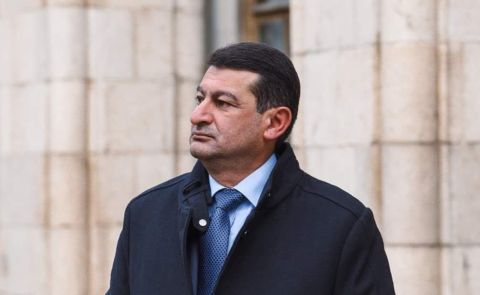
Peace or Capitulation? Shahverdyan on Armenia-Azerbaijan Agreement and the Nagorno-Karabakh Crisis
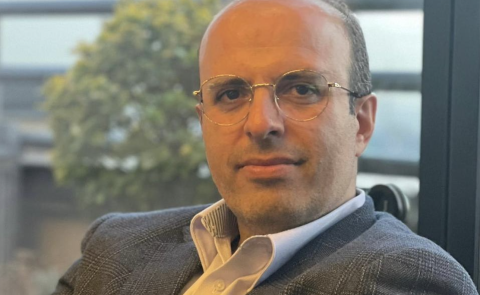
Ali Mousavi Khalkhali: Iran Will Avoid Conflict in the Caucasus
